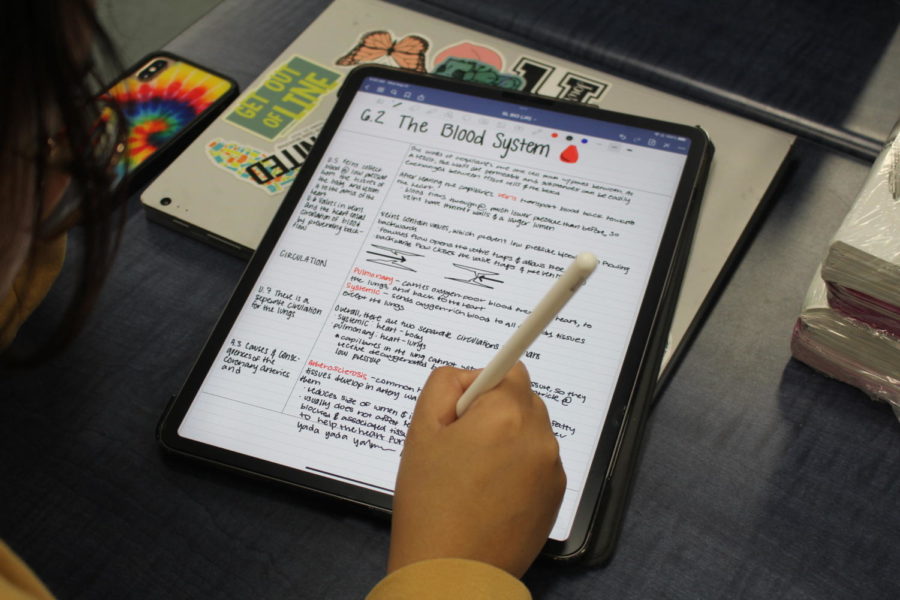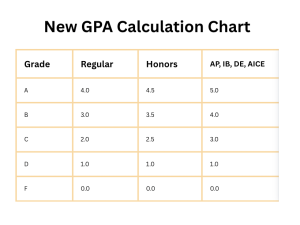Forced Notes are Ruining Learning, Cornell or Not
If I’m taking notes, I’m doing it my way!
Photo Ingalls Witte
A student using the Cornell format for the biology notes.
August 31, 2022
Every school year, teachers decide to constraint the way their students take notes to remember the various information received in class. I feel as though teachers should not be allowed to determine the way a student retains the lesson of the day. The student needs to pass the class not the teacher and what’s a better way to preserve the multitude of learning over the year than making note-taking pertain to the note taker.
In a classroom note taking is crucial if you don’t want to cram a whole class worth of info in before the exam. However, many teachers instruct their students to take Cornell notes. This stylized note-taking requires a student to divide their paper into sections (notes are taken on the right with questions/comments on the left), designating the bottom area for a brief summary answering the essential question given by the teacher. By no means is this specific way of taking notes ineffective, but teachers should not restrict their students to other methods that either they create or mentioned to them as a suggestion.
I have 100 percent used Cornell notes as recommended by my teacher throughout middle school and high school even in elementary, so I get the appeal meaning I know the Cornell system can be very beneficial.
The Cornell system was developed by Walter Pauk, a Cornell University professor who shared the technique in his book How to Study in College.
“The Cornell Method is an excellent study system for organizing and reviewing your notes to increase your comprehension and critical thinking,” Pauk said.
Cornell notes do encourage students to relate prior information to new for an eminent depth of understanding although that does not make it the only method of note-taking.
The Cornell style is only a sliver of several different note-taking strategies that may work for some, but not all indicating that forced note-taking is not the way to go. When instructors prevent students from using other styles of note-taking, it can cause them to be unable to learn the material to the best of their ability. This can negatively impact their grades.
Not all hope is lost concerning teachers and their Cornell note-taking-only classrooms. There are many other methods that allow students to better retain the information learned in the classroom, such as the box and bullet method, or the outline method.
Note-taking also doesn’t have to be limited to the old-fashioned paper and pencil technique but can also be transferred to a digital platform as well. One size rarely fits all and dictating the way a student grasps the information taught in class by the way they take notes is doing more harm than good regardless of how effective a specific method of note-taking can be. Students should be able to take notes that best fit their learning style in order to be successful as they further progress outside the classroom walls.












